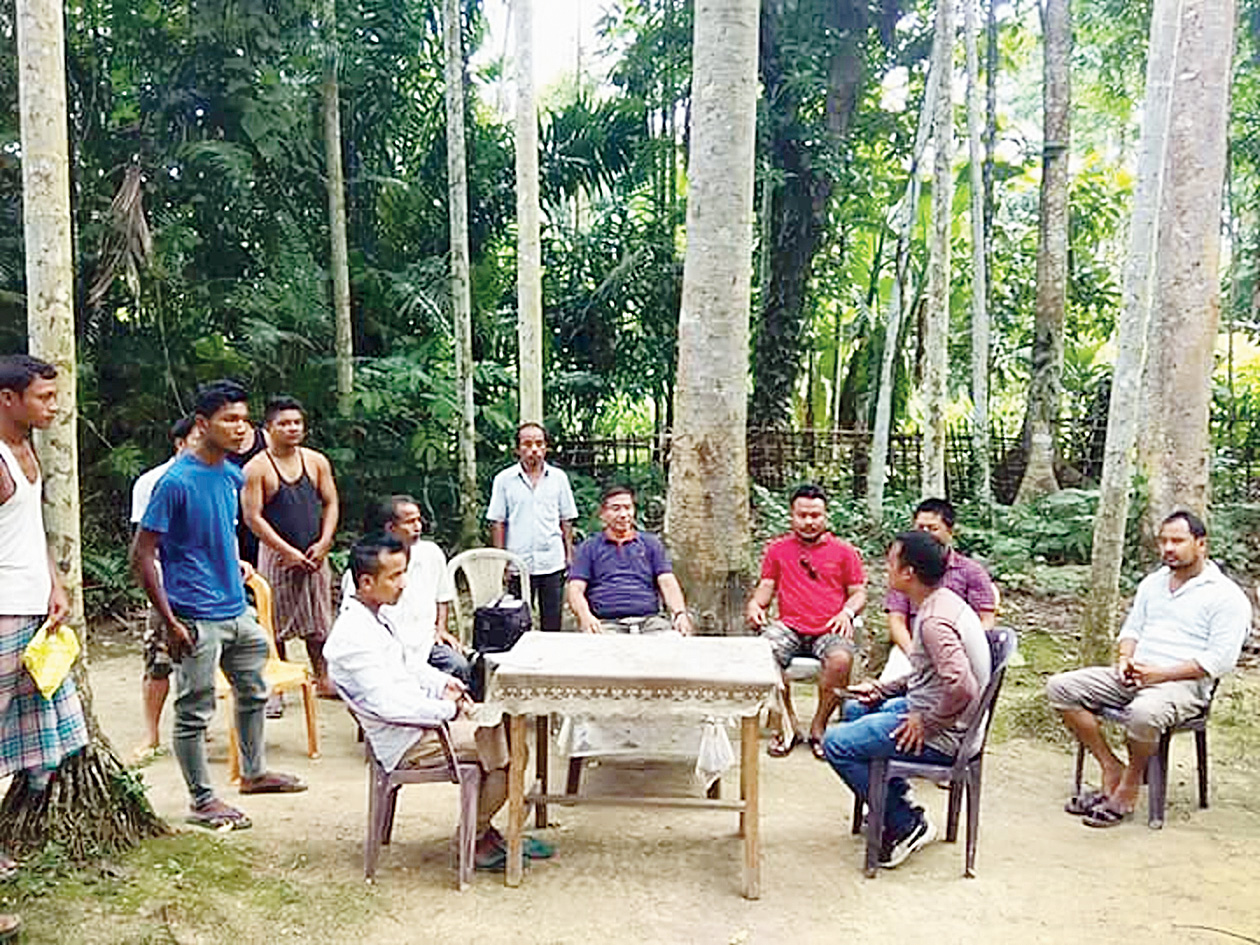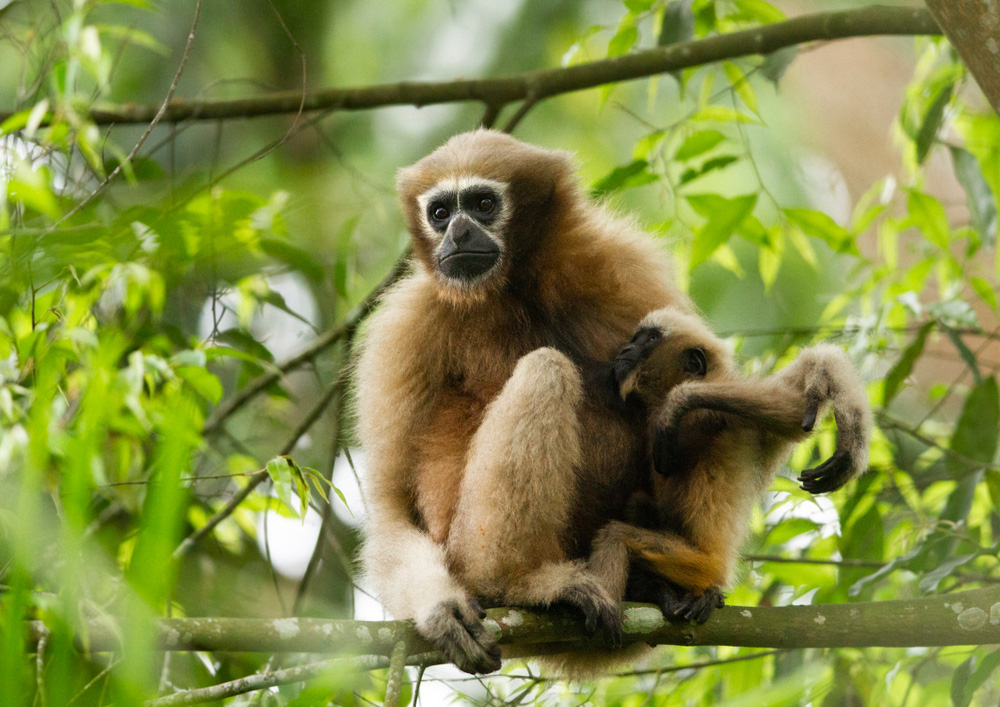Environmentalists and nature lovers have expressed concern over the dwindling population of the hoolock gibbon at Barekuri in Upper Assam’s Tinsukia district.
Earlier, Barekuri had a population of 37 hoolock gibbons but now the number has fallen to 23. Many of them have died of electrocution or after falling from trees.
The four villages of Barekuri — Digal Haku, Nau-motapung, Puroni-Motapung and Lesenga Tarazan — are home to 23 hoolock gibbons.
The youth of the villages have come forward to help save the species.
On Friday, a meeting was held among environmentalists, nature lovers and villagers at Digal Haku village to discuss their conservation.
Conservator of forests, Upper Assam, Ranjan Kumar Das, told The Telegraph, “The hoolock gibbons have been living in the Barekuri area for 25 years and suddenly their population is dwindling. We have discussed strategies for the conservation of the hoolock gibbon and how its population can increase. The youths of the village are doing everything to protect the species.”
He said they had discussed an eco-tourism project for the area to benefit local youth.
“We will ask the government to allocate funds for the conservation and an eco-tourism project in the area. We are thinking of home-stay facilities in the villages for tourists who come here to see the hoolock gibbons. We will take up an afforestation programme to link the villages to Bherjan forest. We are also going to undertake a plantation drive,” he added.
In 2015, the International Union for Conservation of Nature (IUCN) had declared the year of the gibbon to raise awareness about the threats gibbons face.
It is feared that gibbons will be one of the next group of animals to face global extinction in the wild.
“Every year on October 24, we celebrate World Gibbon Day and we shall do the same this year. A documentary on the conservation of gibbons will be screened. We will felicitate two environmentalists of the region who are working for this cause,” Das said.
“Diplob Chutia, a local youth, has been working for the conservation of the hoolock gibbon,” said Devojit Moran, the secretary of the Green Bud Society.

Environmentalists and villagers participate in a programme on conservation of hoolock gibbon at Barekuri in Tinsukia. Avik Chakraborty










